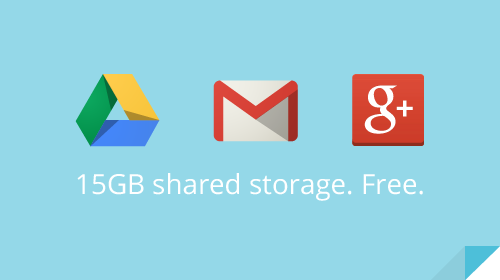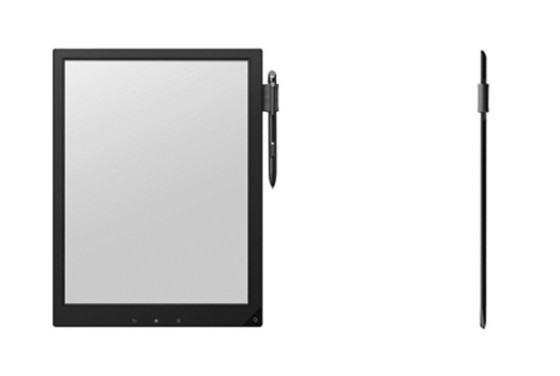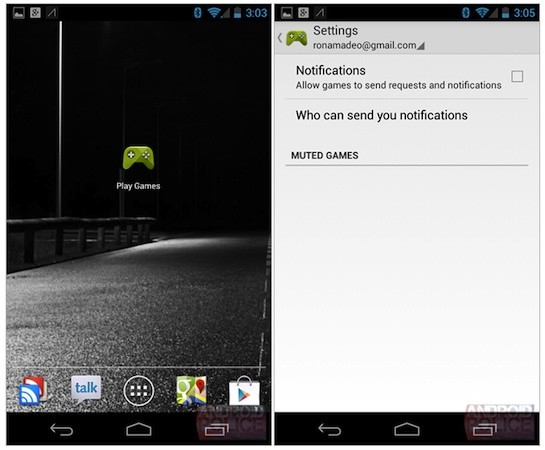
The television. The PC. The cellphone. We take the things in these sentence fragments for granted today, but they took many years to enter the mainstream. Could Google Glass herald the next great product that we will one day wonder how we lived without? Based on three days of not using the product, you may want to ask someone else.
DAY ONE
I visit my optometrist, who confirms that I still need an eyeglass prescription and therefore cannot effectively try the Explorer Edition of Google Glass. Maybe I can roll my own. I head down to the local Toys R Us and pick up a Disney Princess tiara that I sand down to its bare headband structure. I glue a Looxcie HD to the band along with a small ice cube in front of my eye. Alas, the prototype is a failure; every time I look toward the heavens expecting to see Google Glass users skydiving toward the Earth, as they are wont to do, the ice cube melts onto the Looxcie, ruining the shot.
DAY TWO
I’ve begun to notice people treating me exactly the same as they did before I made the bold decision to forego Google Glass. Testing a hypothesis that we overestimate our need for the latest technology, I begin to try out the impact of a wink gesture in public. This result in my getting slapped a lot even though I am not covertly recording anyone. I’ve also become conscious of the number of times per day I must reach into my pocket to access my smartphone, only to suffer through the emasculation of swiping gestures, each unlock draining further testosterone from my being. Strangers on the subway approach me, inquiring, “Hey, did that smartphone you’re using come with a matching dress? “IN contrast, few are aware of Google Glass’ steroid-like effect on its wearers. The high-tech brow appendage not only helps you identify the market value of any vehicle you see on the street; it can also actually help you lift it. And unlike today’s Explorer Edition, the consumer version of Glass will not grow hair on the lips of women who wear it.
DAY THREE
It’s been a rough few days adjusting to life without Google Glass. I might pour myself a stiff beverage #ifihadaglass, but instead I’ve decided to cope with some retail therapy. It turns out that the $1,500 that wasn’t spent on augmented reality eyewear can be applied to a pretty tantalizing array of options, such as:
Two unlocked, top-of-the-line smartphones to provide virtually all of Glass’ functionality for you and a prescription glasses-wearing friend.
A MacBook Air, iPad mini with Smart Cover and Apple TV.
An HP Envy x2, Sony NEX-3N, Roku 3 and Pebble watch.
A Surface Pro, Samsung Galaxy S 4 on contract, Kindle Fire HD and non-prescription magnifying glasses from Walgreens.
CONCLUSIONS
My three days without Google Glass left many unanswered questions. What is the social price for having technology at the ready and the compromises we are willing to make for it? Can we move beyond the stigmas that have limited the usage of Bluetooth headsets? How do you keep an ice cube frozen all day long? And would Tim Stevens’ dogs be willing to play fetch with me? Sadly, for the time being, I must now resume my Google Glass-free life. Please join me on my next great adventure as I spend a year on the internet.
source :engadget








